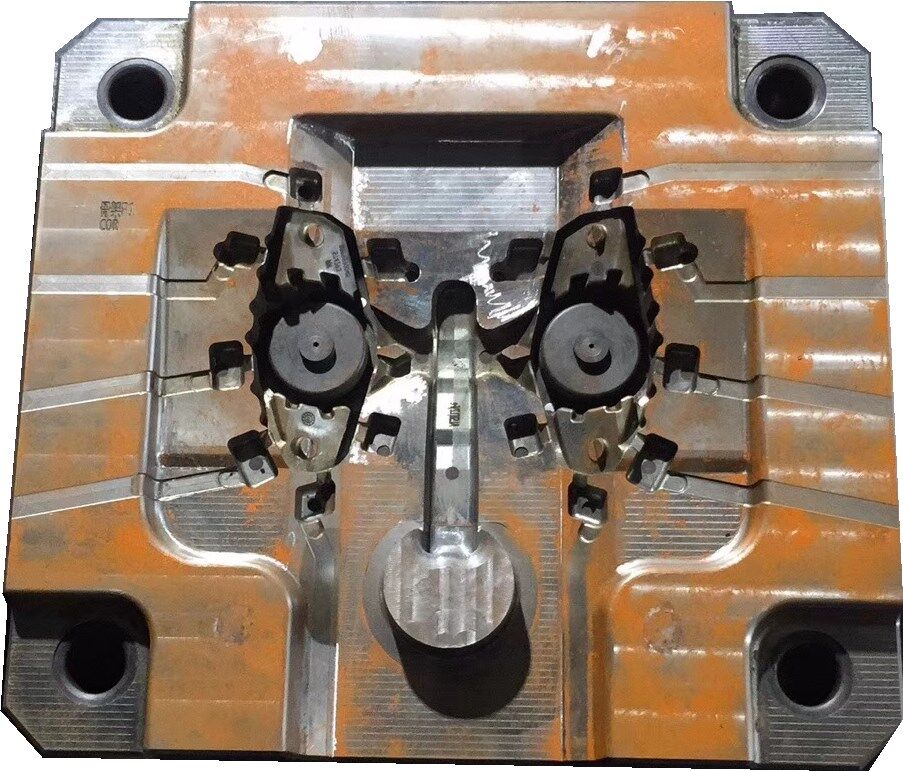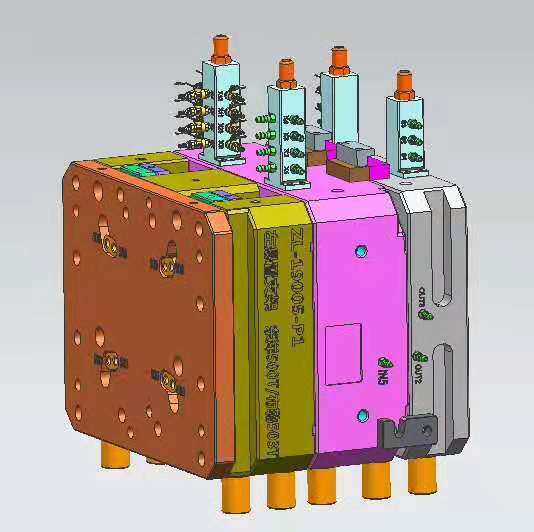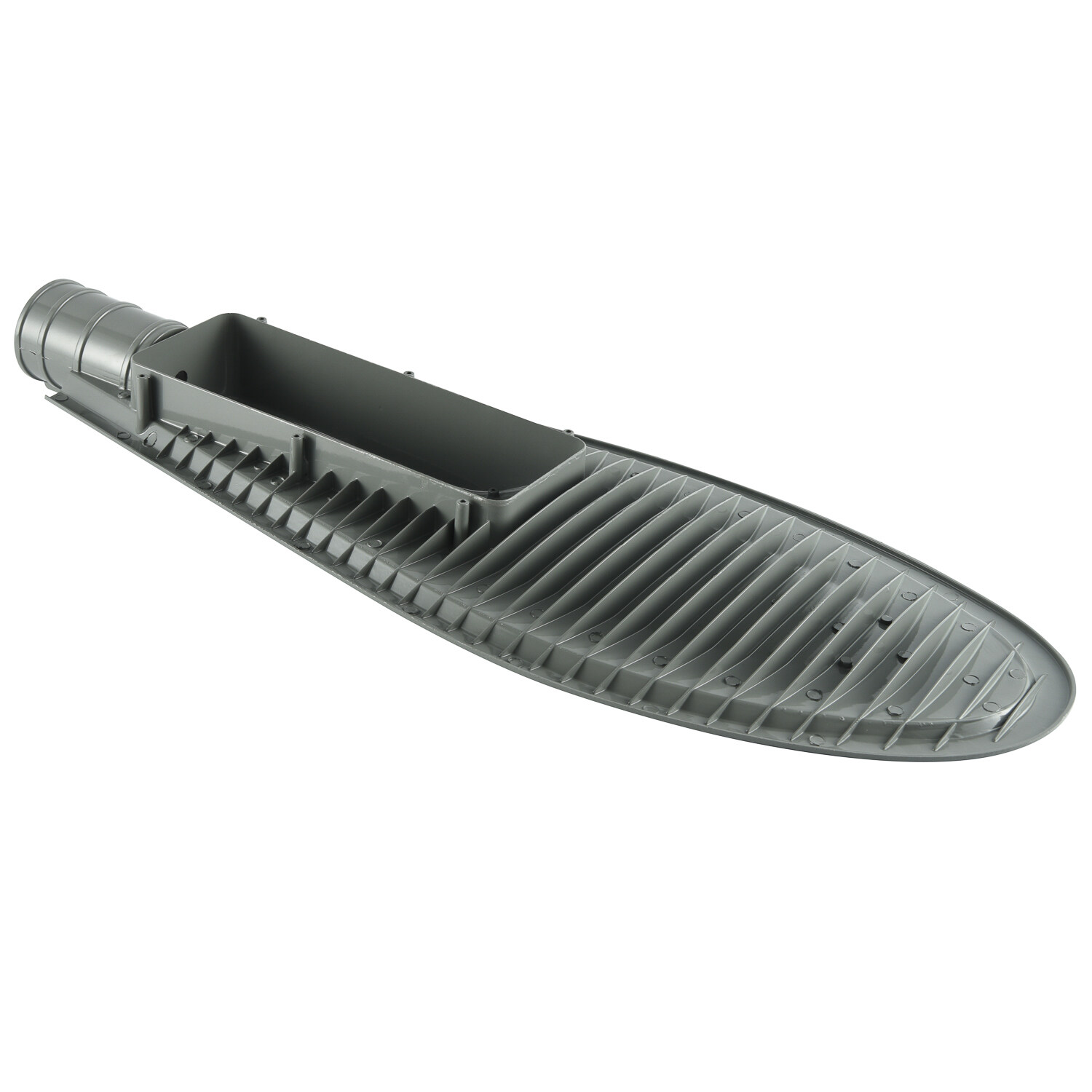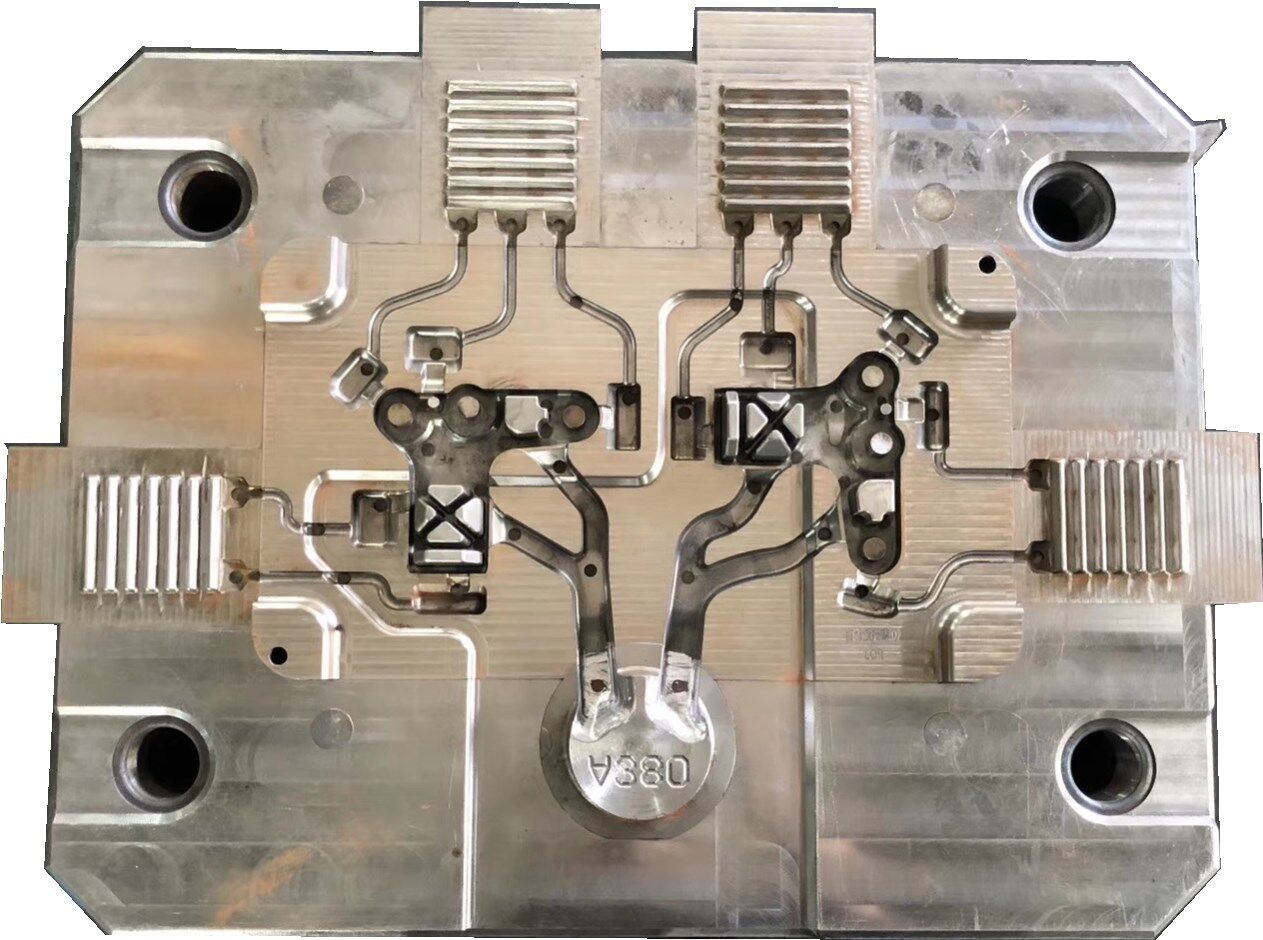Email format error
Email cannot be empty
Email already exists
6-20 characters(letters plus numbers only)
The password is inconsistent
Email format error
Email cannot be empty
Email does not exist
6-20 characters(letters plus numbers only)
The password is inconsistent


Do you know the key points of using die casting mold?
Do you know the key points of using die casting mold?

When using die casting, attention is (1) use characteristics of die casting; (2) temperature of alloy melt; (3) temperature of mold working; (4) lubrication of die casting; (5) adjustment content of die casting.
1. Use characteristics of the die-casting mold
In the process of die casting production, die casting mold parts are extremely bad forming conditions, they are subjected to mechanical abrasion, chemical erosion, and thermal fatigue repeated action.
1. The metal liquid enters the mold cavity at high pressure and high speed, causing fierce friction and impact on the surface of the mold cavity, making the mold surface and causing erosion and wear.
2. In the pouring process, it is inevitable to have slag brought in the metal liquid, the slag has a complex chemical effect on the surface of the forming parts, aluminum and iron compounds like sharp splitting, accelerating the formation and development of die casting mold crack.
3. Thermal stress is the main reason for cracks on the surface of mold-forming parts. In the production process of each die-casting piece, in addition to the surface of the forming piece is washed by the high speed and high pressure of the metal liquid, there is also the heat released by the absorption metal in the solidification process, which produces the heat exchange. In addition, due to the heat conduction of the mold material, the surface layer temperature of the forming part rises sharply, creating a large temperature difference with the interior, and thus producing internal stress. When the metal liquid fills the cavity, the surface layer of the cavity first reaches a high temperature and expands, while the inner layer mold temperature is low, and the relative expansion amount is small so that the surface layer produces compressive stress. After opening the mold, the surface of the cavity contacts with the air, and the tensile stress is caused by the compressed air and coating. This alternating stress increases with the continuation of the production, and when the fatigue limit of the die material is exceeded, the die surface layer produces plastic deformation and produces cracks.
In order to maintain the durability of the surface, the surface is required to have heat fatigue resistance, wear resistance, non-stick mold, and easy to strip, so the forming parts are better used in 4Cr5MoSiV1 (H13) material manufacturing.
2. Temperature of the alloy melt

During the production process of the die casting mold, in order to better fill all the holes and depths of the die casting mold, and to ensure that the metal melts when the metal flows. The pouring temperature of the alloy die-casting liquid is as follows:
Material Name Die-cast liquid temperature / ℃
(1) Zinc alloy: 420-500℃;
(2) Aluminum alloy: 620-690℃;
(3) Magnesium alloy: 700-740℃;
(4) Copper / zinc alloy: 850-960℃.
Selection principle of die-casting alloy temperature:
1. The lower the temperature of the poured metal, the longer the life of the die-casting mold;
2. Only by using low-temperature die-casting is it possible to reduce the depth of the exhaust tank and reduce the danger of metal liquid splashing;
3. Low-temperature die-casting can reduce the chance of tightening out of the pressing chamber and the top rod;
4. Low-temperature die-casting can reduce the production of shrinkage holes and cracks in the casting.
In short, when the process conditions allow, the temperature of die casting alloy or choose the low temperature to die casting.
3. Temperature of the mold operation
The working temperature of the die varies according to its die casting alloy. The following are the recommended values of several alloy molds for selection:
Mold name: working temperature / ℃
(1) Zinc alloy mold: 150-180℃;
(2) Aluminum alloy mold: 180-225℃;
(3) Magnesium alloy mold: 200-250℃;
(4) Copper/zinc alloy mold: 300℃.
Selection principle of working temperature of die-casting mold:
1. The mold temperature is too low, the internal structure of the casting is loose, and the air discharge is difficult, which is difficult to form;
2. The mold temperature is too high, the internal structure of the casting is dense, but the casting is easy to "weld" attached to the mold cavity, sticky mold, it is not easy to unload the cast, at the same time, too high temperature will make the mold itself expand, affecting the size accuracy of the casting;
3. The mold temperature should be selected within the appropriate range. Generally, after the appropriate test, the constant temperature control is good.
4. Lubrication of die casting mold
1. Purpose of lubrication
Lubrication acts as a classification agent for die casting and die casting to facilitate die discharge; as a lubricant for the active part of the die casting and press, reduces friction, improves the service life of die casting; and also, as a coolant for die casting and increases the life of die due to thermal fatigue of long-term operation.
2. Lubricant requirements
The selection of lubricant shall meet the following requirements:
(1) Do not adhere the die cast to the type cavity;
(2) The steel material that can not corrode the mold-type surface;
(3) Unable to produce toxic gases;
(4) Ash and slag can not be produced when heating;
(5) After lubrication, it should be evenly attached to the type cavity and the working surface, without being washed away by the high-pressure metal.
3. Lubricant preparation
(1) Full loss of the system oil 85% -90% + graphite 10% -15%;
(2) Heavy oil is 100%;
(3) Paraffin in 30% + yellow waxing 30% + Vaseline oil 14% + graphite 26%;
(4) Graphite 25% + glycerin 20% + water glass 5% + water 50%.
4. Matters to be noted when using lubricant
(1) Lubricant can be used on the type cavity and movable part surface;
(2) Lubricant spray volume to be less each time, and to be uniform, it is best to form a film on the type surface after spraying.
5. Adjustment content of the die-casting mold
After the die casting mold is completed, it should be adjusted through the mold test. Select the correct die casting conditions and process parameters to achieve stable die casting and produce qualified castings.
Before die test, the die test personnel shall check the alloy raw materials used for die casting in advance to understand the characteristics and characteristics of the die structure, performance, conditions, die casting process, and operation methods.
The correct selection of die-casting forming conditions is the key to die test adjustment. Often encounter such problems, even if the design and manufacture of the mold are very correct, but due to the improper selection of die-casting and forming conditions, the same can not press the qualified casting. On the contrary, in some cases, the disadvantages of the mold can be overcome, and the qualified casting is pressed out. Therefore, the mold tester must be familiar with the role and mutual relationship of the die-casting and forming conditions, and the active principle of the mold, so as to correctly choose and reasonably adjust the die-casting and forming conditions.
The contents of die casting forming conditions include: material melting temperature, die temperature and melt temperature, injection pressure, die locking force, die opening force, and determination of pressure burst ratio and pressure burst velocity required according to the condition of the parts. Finally, the die casting products should be repaired before obtaining the perfect die casting.

